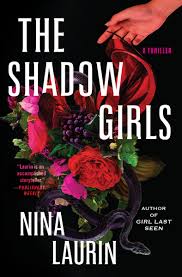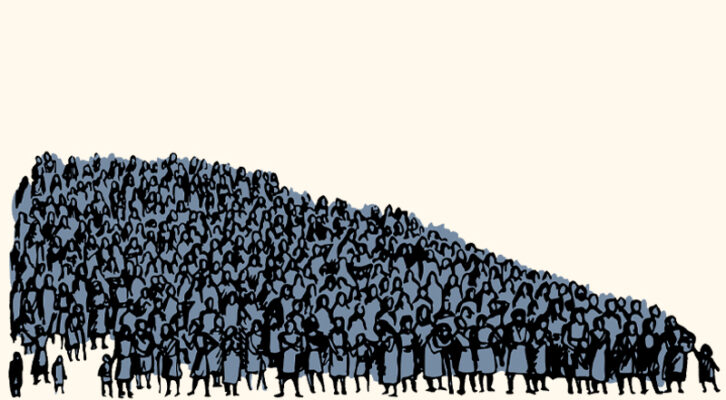The movie I, Tonya, starring Margot Robbie, has an unforgettable scene where little Tonya’s mother (played by Allison Janney, who won an Oscar for the role) hits her daughter with a hairbrush while another skating mom watches in stunned horror. “You think Sonja Henie’s mother loved her? I made you a champion,” LaVona smirks. It’s a chilling moment, not just because of the cruelty but because of LaVona’s conviction. But it also reveals something far more common than we’d like to admit: the way ambition can metastasize in the space between mother and daughter. Control, possession and projection masquerade as love and support, especially in worlds built on image and discipline—worlds like ballet. And anyone who’s ever watched an episode of Dance Moms knows exactly what I mean.
One of the protagonists of my novel The Shadow Girls, Georgina, may not swear quite as much as LaVona, but make no mistake: she shapes her daughter’s body, life, and career with the same single-minded intensity (albeit with fewer cigarettes). She’s in charge of Anna’s food, Anna’s grueling schedule… Anna’s future? Until the proverbial black swan event (see what I did there?) threatens to shatter it all. Anna falls and breaks her metatarsal, with weeks to go to her big performance. And no one was there to see what exactly happened.
Set in a prestigious ballet school where ambition runs in bloodlines and perfection is simply the price of admission, The Shadow Girls is about the daughters who carry their mothers’ hopes and the ones who try, and fail, to get free from them. Georgina’s daughter, Anna, is the school star, a shoo-in for every big role. Anna may be the one in the searing spotlight, but in Georgina’s mind, the true star has always been Georgina herself. She isn’t just molding her daughter into a reflection of who she once was. She’s rewriting family history and improving upon it as she goes—with herself at the center, naturally.
Meanwhile, Naomi, Anna’s classmate and frenemy, finds herself exasperated by her obliging, soft-spoken mom, Dawn, who never pushes, never demands, never fights her battles. To Naomi, this passivity feels like a kind of neglect. But Dawn observes and understands more than Naomi gives her credit for, and she might not be the pushover everyone thinks she is.
That’s the other side of the coin: daughters don’t just inherit their mothers’ dreams. They also inherit their disappointments, their failures, and their coping mechanisms, however toxic they might be. Anna gets a crown of thorns disguised as a tiara, while Naomi gets a wide-open field and no map at all.
It’s easy to mythologize mother-daughter bonds—to say they’re sacred, special, uniquely intuitive. But what happens when that bond is lopsided? When love is confused with control, or approval becomes conditional? What happens when a mother tries to relive her youth through her child, and the child, in turn, doesn’t realize where she ends and her mother begins?
In The Shadow Girls, that’s where things begin to unravel.
I already tackled the mother-daughter relationship in other books—my previous one, The Last Thing She Saw, is one example. But Stephanie and Laura’s story centered around generational trauma and forgiveness. In The Shadow Girls, I wanted to write about the other extreme: mothers who would do anything for their daughters, and daughters who never asked for any of it. About the dark inheritance passed down between generations, the kind that doesn’t show up in photos or family trees.
Not every mother-daughter story is heartwarming. Some are cautionary tales. Some are tragedies. And some, like The Shadow Girls, fall somewhere in between—tangled, messy, and not so easily escaped.
***


















